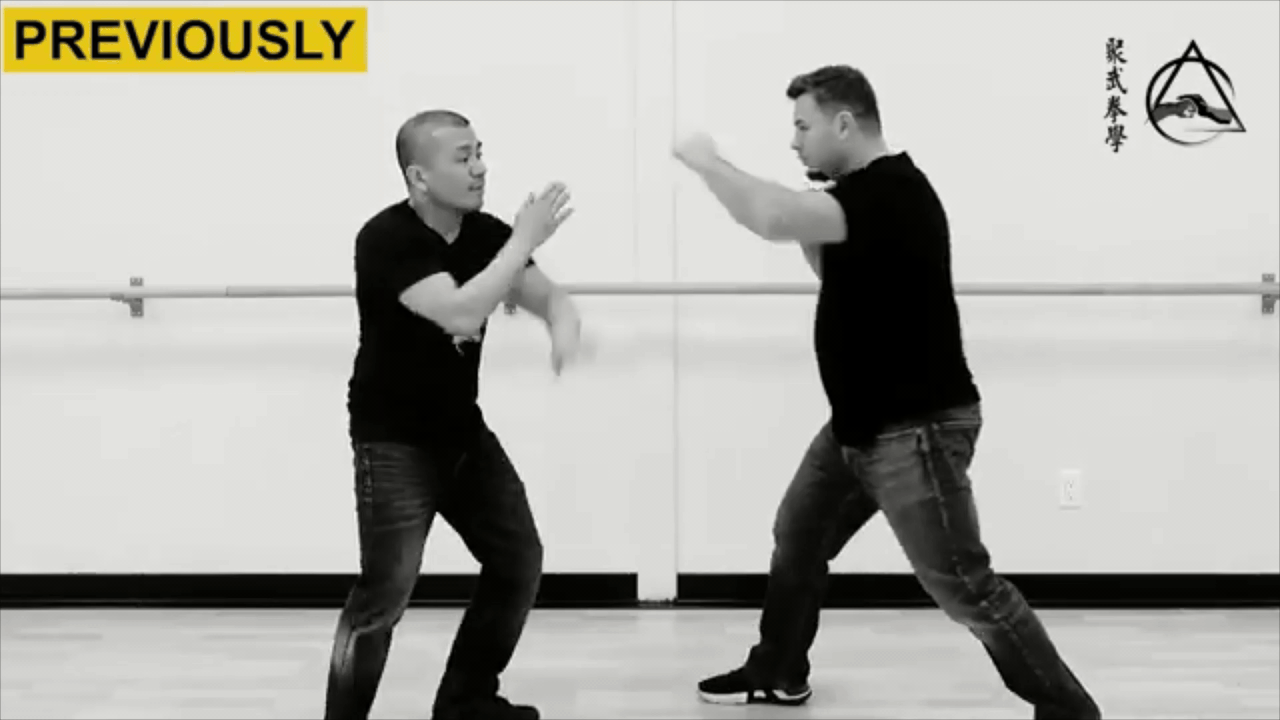Okay, finally got through all 4 videos. He seems like an interesting guy, but I think I have some questions and points of contention with what he's saying. I'll break it down into a separate post for each video.
1st video
Point: He offers his personal definition of "traditional martial arts" as being from the era when they were primarily battlefield arts with a primary emphasis on weapons rather than empty hand fighting. He further specifies that for traditional Chinese martial arts that would be pre-Qing dynasty systems.
Counterpoint: His personal definition of TMA doesn't really match how most people use the term, but that's okay because there is no real definition of the term which is both widely accepted and internally consistent. He's letting us know up front what his own definition is and so we can discuss his ideas with that in mind. My bigger question is ... what pre-Qing dynasty arts is he talking about? The Qing dynasty began in 1636. I'm not aware of any CMA with a documented history going back that far (not counting legends) and if there were any they would have evolved considerably during the intervening centuries. I'm aware of a few people trying to recreate historical Chinese arts, HEMA style, from Ming dynasty military manuals, but I don't know whether you could consider those "traditions", since the continuous transmission has been broken.
Point: He talks a bit about how government intervention (specifically the communist government) worked to take CMAs away from their combat roots, making them less effective and more performance based.
Counterpoint: As far as I know, there's a lot of truth to that. He doesn't address the question of how that has or hasn't affected the diaspora of CMAs across the world outside the reach of the PRC government.
Point: He talks about the importance of pressure testing martial arts, including weapons systems and mentions arts like Kendo which have found ways to incorporate safe sparring methods with weapons.
Counterpoint: He doesn't explain how he personally incorporates weapon sparring in his training. I have particular concerns because the way he demos knife techniques doesn't match what I've seen in any kind of sparring or in historical weapon manuals. More on that later.
Point: He talks about the spectrum from weapon/killing techniques to Chin-Na restraining techniques, with unarmed striking in the middle. (For some reason he also refers to "grappling" as being in that middle zone and somehow separate from Chin-Na restraining methods.) He expresses the opinion that the middle zone is more of a breeding ground for social violence and ego than the ends of the spectrum.
Counterpoint: I strongly disagree with the notion that unarmed striking arts produce more ego or social violence than so-called "killing arts" or "restraining arts". I've seen no evidence for that in the 42 years that I've been training a wide variety of martial arts across that spectrum. I also don't understand why he puts "grappling" in the middle as distinct from Chin Na which supposedly restrains without harming. If you want to be able to restrain someone without damaging them, wrestling is a far more effective tool than joint locking.
Point: He ends up with a demo of how he can use the same body mechanics and tactics to do anything along that spectrum from killing with a knife to injuring with striking to taking someone down without damage. He also claims that his weapon work is what gives him the sensitivity and awareness to execute the takedown on a larger opponent.
Counterpoint: I actually am a fan of using the same underlying body mechanics and concepts for different aspects of fighting, from weapons work to grappling (although in my experience the optimal application of those principles will change a bit more in different contexts than what he's showing). I do have real concerns about his knife work. That sort of rapid fire slappity tappity multiple stabs at close range can absolutely be very effective with a knife against an unarmed opponent. But he specifically claimed earlier to be thinking in the context of battlefield weapon arts. In that context, you always assume that the other person has a weapon too. If both parties are armed with a knife, the approach he shows will 90% of the time end up with both parties getting stabbed to death. I've seen FMA instructors show that sort of combination in demos with a compliant partner, but I've never seen anyone do it in sparring. As far as the takedown that he says works for him because of his weapon training ... it's a legit technique, but mostly only works if you are a lot better than your opponent or just happen to get lucky. Perhaps his weapon training has helped him in learning the mechanics, but the fact of the matter is that the best practitioners of takedowns are overwhelmingly not weapons practitioners, so that's clearly not the only way to learn them.
I have more to say on the subsequent videos, but this took me a while to type, so I'll come back to it later in the day.
I do want to add that none of this is intended as trashing Mr. Chan. He seems like a thoughtful guy with some real skills and some interesting viewpoints. But since the videos were posted for discussion, I figured I'd bring up the questions and objections that I might raise if I was having a conversation with him in person.


